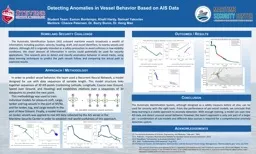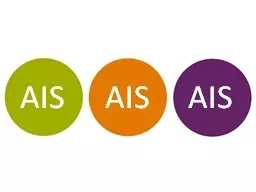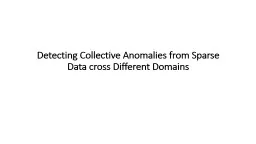PPT-Detecting Anomalies in Vessel Behavior Based on AIS Data
Author : white | Published Date : 2022-02-24
Student Team Eamon Bontempo Khalil Hardy Samuel Yakovlev Mentors Chance Petersen Dr Barry Bunin Dr Hong Man Homeland Security Challenge Approach Methodology Outcomes
Presentation Embed Code
Download Presentation
Download Presentation The PPT/PDF document "Detecting Anomalies in Vessel Behavior B..." is the property of its rightful owner. Permission is granted to download and print the materials on this website for personal, non-commercial use only, and to display it on your personal computer provided you do not modify the materials and that you retain all copyright notices contained in the materials. By downloading content from our website, you accept the terms of this agreement.
Detecting Anomalies in Vessel Behavior Based on AIS Data: Transcript
Download Rules Of Document
"Detecting Anomalies in Vessel Behavior Based on AIS Data"The content belongs to its owner. You may download and print it for personal use, without modification, and keep all copyright notices. By downloading, you agree to these terms.
Related Documents














